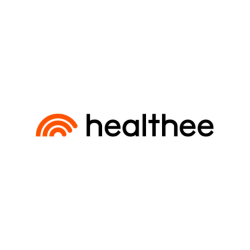Dive Brief:
- Virtual care use grew 1.6 times since the summer of 2019, according to the Blue Cross Blue Shield Association's COVID-19 National Pulse Survey. More than half of that growth has occurred since the onset of the COVID-19 crisis.
- Generation Z (35%) uses telemedicine the most, with millennials (30%), Gen Xers (21%) and baby boomers (15%) behind them.
- The pandemic has changed several behaviors, the survey found. Alcohol consumption is up 23%, and smoking, vaping and non-medical drug use rose by 19%, 15% and 13%, respectively.
Dive Insight:
COVID-19 is providing a boost to virtual healthcare solutions. Telehealth visits could surpass 1 billion by the end of this year, with 900 million related to the pandemic, according to a Forrester report previously shared with HR Dive. Willis Towers Watson findings released in April found 86% of surveyed employers are promoting the use of nurse lines, telemedicine or virtual healthcare visits, and 58% are increasing access to telebehavioral health options.
The novel coronavirus is not solely responsible for the long-term rise in telehealth. Large employers are leading the adoption of virtual care. A 2019 BGH survey of members found 73% of respondents had implemented a virtual care solution for mental health and behavioral health, while 9% planned to do so in 2020. Amazon, for example, recently announced that it will be providing increased access to live chat or video services with a physician or nurse practitioner to employees at its Seattle headquarters and their families.
Experts have said that employee impressions of telehealth during the pandemic have been positive, as they've been provided with convenient and socially distant access to care providers. Sources recommend employers actively encourage employees to use such services.
But telemedicine may not overcome its pre-pandemic low average engagement rates among employees and plan members; Reluctance to turn to telehealth still lingers for some, with awareness of virtual medical measures continuing to pose a hurdle. While telemedicine has been widely touted as a good option during a time of stay-at-home orders, more than half of respondents to a recent survey of more than 1,000 individuals said they had no plans to use telemedicine during the pandemic. The survey, conducted by healthinsurance.com, also found that 67% had not received information from their regular doctors about telemedicine and a similar percentage had received no telemedicine info from their health insurers.













